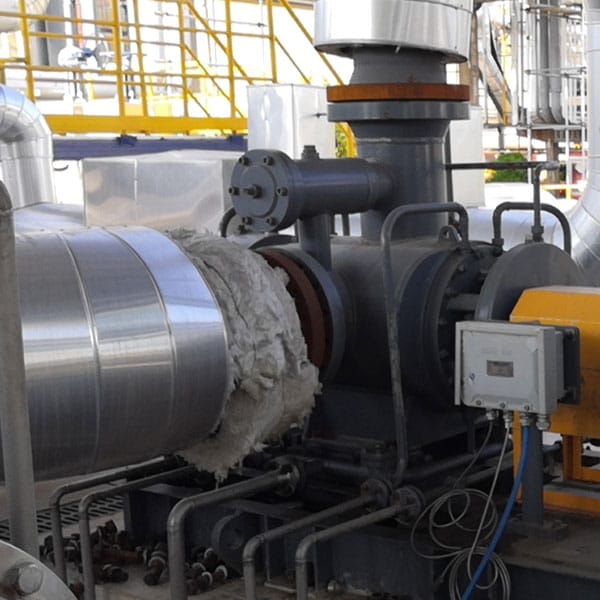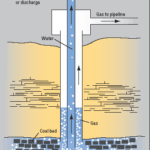In fluid transfer equipment, screw pumps, with their unique positive displacement transfer principle, have become a core solution for high-viscosity, impurity-containing media, and multiphase flow conditions. This article focuses on twin-screw pumps, systematically dissecting the operating principle and technical advantages of screw pumps.
I. Core Operating Principle of Screw Pumps: Positive Displacement Transfer Mechanism
The core of screw pumps (single-screw, twin-screw,.) lies in forming closed chambers through screw meshing or rotor-stator cooperation to achieve continuous fluid transfer. The specific process varies slightly by type:
(I) Twin-Screw Pump Operating Principle
- Structural Foundation: Two parallel screws (drive shaft and driven shaft) rotate synchronously in opposite directions, with precisely meshing screw tooth profiles.
- Transfer Process:
- When fluid enters from the inlet, it is trapped in the closed chambers formed by the meshing screws;
- As the screws rotate, the closed chambers move axially toward the outlet, with pressure gradually increasing;
- The forces generated by fluid transfer at both ends offset each other, achieving hydraulic balance and avoiding pressure fluctuations.
- Core Characteristics: Flow is proportional to rotational speed, enabling pulsation-free transfer, naturally adapting to gas-liquid mixtures and media containing small solids.
(II) Single-Screw Pump Operating Principle
- Composed of an eccentric screw rotor and a rubber stator. When the rotor rotates, it forms continuous sealed chambers with the stator, and the chambers move axially to push fluid to the outlet, suitable for high-viscosity media (such as sludge, syrup).
II. Technical Advantages of Screw Pump Operating Principles: Why They Outperform Traditional Pumps?
Based on the positive displacement transfer principle, screw pumps exhibit three irreplaceable advantages:
- Ability to Handle Complex Conditions
- No vulnerable components like impellers or valves, capable of transferring media containing particles (particle size ≤5mm), fibers, or gas-liquid mixtures (gas-liquid ratio ≤10:1);
- Compared with centrifugal pumps: No cavitation risk under high gas content (NPSHr requirement reduced by 40%), and flow fluctuation ≤5% under slug flow conditions.
- Flow Stability
- Chamber volume is fixed, and flow is only related to rotational speed (deviation ±2%), suitable for metering or precision transfer scenarios;
- Example: Twin-screw pumps have a flow linearity of >98% within the rotational speed range of 300-1500rpm.
- High Viscosity Adaptability
- Fluid is transferred in a laminar flow state within the chamber, with low shear force, capable of handling media with viscosity ranging from 1 to 1,000,000 cSt;
- Compared with gear pumps: Efficiency retention rate increased by 20-30% under high viscosity (e.g., efficiency >65% when transferring 10,000 cSt media).
III. Vigesh Screw Pumps: Technical Breakthroughs Based on Principle Optimization
Taking Vigesh twin-screw pumps as an example, their design closely aligns with the operating principle of screw pumps, achieving performance leaps:
- Integral Rotor Shaft: Reduces chamber leakage, increasing volumetric efficiency to over 90%;
- Patented Sealing Profile: Optimizes chamber pressure distribution, with total efficiency >70%, saving 15% energy compared to traditional designs;
- Dual Support Structure: Ensures screw meshing precision, extending the service life of chamber tightness to 8,000 hours.
IV. Application Scenarios: Adaptable Fields Determined by Operating Principles
Based on the “continuous chamber transfer” principle, screw pumps are widely used in:
- Petrochemical Industry: Transferring crude oil and heavy oil (viscosity 5,000-50,000 cSt);
- Food and Pharmaceutical Industry: Handling shear-sensitive media such as syrup and ointment;
- Environmental Engineering: Transferring sludge and sewage (solid content ≤10%);
- Coalbed Methane Extraction: Gas-liquid mixed transfer (gas-liquid ratio 5:1-1:5), resisting slug flow impact.




